The city of Sparta is one of the most controversial tourist destinations on the Peloponnese Peninsula. Various forums are full of passionate discussions about whether Sparta is worth visiting. The fact is that, thanks to “300” movie and magnificent Gerard Butler who played Spartan King Leonidas, there’s an increased attention to the Spartans and the city in which they were brought up. However, the tourists who come to this glorious city are disappointed, since there is literally nothing to watch. Nothing is left from the glory of Ancient Sparta but a few ruins, and the film was shot using only computer graphics. However, we were ready for that, so we decided to go there anyway, and I’d like to tell you what we saw there.
Laconia and Laconism
Sparta was the main city in the Laconia region in the southeast of the Peloponnese. The word “laconism” was born in this region, meaning the ability to express one’s thoughts in a concise and expressive manner. The Spartan warriors mastered this art to their fullest potential. There exist numerous stories about the laconism of the Spartans, but there are two which are the most beautiful in my opinion and characterize these people best of all.
The first story is about the legendary answer of King Leonidas to the offer of the Persian king Xerxes, who wanted Sparta to surrender on the eve of the Battle of Thermopylae. Xerxes sent a messenger to convey the phrase: “Lay down your arms,” to which Leonid responded: “Come and take them.” Soon this catch phrase became the motto of the Greek army.
The second story is less popular, but it is more concise and expresses the meaning of the word “laconism” much better. Alexander of Macedon’s father Philip went to the walls of Sparta and sent a message: “I conquered all Greece, as I have the best army in the world. Surrender, because if I take Sparta, I’ll break your gate and kill all your wives and children, and your houses will be leveled with the ground.” The Spartans replied to him in a very concise way: “If.”
Ancient Sparta
In this ancient state, all the citizens, from the king to common people, lived in the same conditions, which are now commonly called “Spartan.” As a result, they reached a high level of consciousness when they didn’t think about their own wealth, but only about the welfare of the state. Moreover, upbringing of children here reached incredible heights, since from the age of 7 a Spartan child no longer belonged to his/her own family, but was taken to special detachment, where further upbringing took place. Children were taught to read, write, and, most importantly, to keep silent. The food here was also very plain, with no extravagance not to spoil the athletic constitution. If suddenly the Spartan became fat, he was beaten with sticks, as his body disgraced Sparta. The Spartan had no right to make any sounds while being punished physically, which showed the strength of his spirit.
There was no difference in upbringing between girls and boys, so the girls were as fit for war as men. In addition, their healthy bodies could give birth to physically healthy children. People with different body complexions could not become a married couple, as this inequality could affect their offspring, and Sparta needed only strong children. The Spartans were always in a state of readiness for war. There is a legend, according to which sick newborn children were thrown from the rock to make sure that the ones who remain alive grow up into strong and powerful soldiers. However, modern archaeologists say that this is just a legend created to intimidate the enemies, as no children’s remains were found at the foot of this rock.
Finally, the last fact about the legend of Sparta and its warriors is the Battle of Thermopylae, where 300 Spartans managed to stop a few thousands of Persian soldiers. This heroic deed best describes the nature of valiant warriors who the enemies of Sparta had to deal with.
All in all, Ancient Sparta is the most famous place among all cities of Ancient Greece, which is why so many people wish to see the legendary city with their own eyes.
Modern Sparta
The modern city does not contain any hints of its legendary past. Now it is the most ordinary place, in which there is nothing special. That’s why many people say it’s pointless to visit it. Among the remaining attractions there are only the ruins of Sparta, which, to be honest, do not look particularly impressive, as this state did not contain any architectural delights. In addition, a few remains were used for the construction of the neighboring town of Mystras, where we also went. A tourist might like Spartan monuments, one of which is dedicated to King Leonidas and has the famous phrase “Come and take” written on it. The second monument is dedicated to the Spartan warrior who holds a shield with letter “L”, which indicates that he belonged to the army of King Leonidas. In the city there is an archaeological museum, which does is not very interesting for an ordinary person. But we recommend you to go to the museum of olive oil, in which you can find numerous interesting facts about this product that is typical for Greece. Since you came to Sparta, you should visit this museum to broaden your outlook. But we were satisfied with our visit to Sparta.
Mystras
There is another attraction in just 8 km from Sparta, which is Mystras, the ancient Greek city-fortress, a vivid example of the decline of the Byzantine Empire. It was built long ago, in 1249, on the slope of the mountain to control the Laconia Valley located directly at its foot. Mystras’ distinctive feature is not only that the whole complex was built on a mountain, but also in how harmoniously the whole epochs of different cultures intertwined. Stone palaces, churches, and monasteries dating back to different centuries show the magnificence of the once rich city.
Today Mystras is included in the UNESCO list. On its territory there are many abandoned monasteries, and only one is functioning – Pantanassa, which was constructed at the top of this complex. It was built in the 30’s of the 15th century and its peculiarity is a mixture of different architectural styles, which differs it from any other monastery.
To visit it in summer, choose the time after dinner, because the heat makes it very difficult to go up. Wear comfortable shoes and take some water with you. The entrance costs 12 euros for an adult.
Thus, we can say that if you visit both Sparta and Mystras, you won’t have that unpleasant aftertaste of deceit, which many tourists who went only to Sparta complain of. These places are must-see!

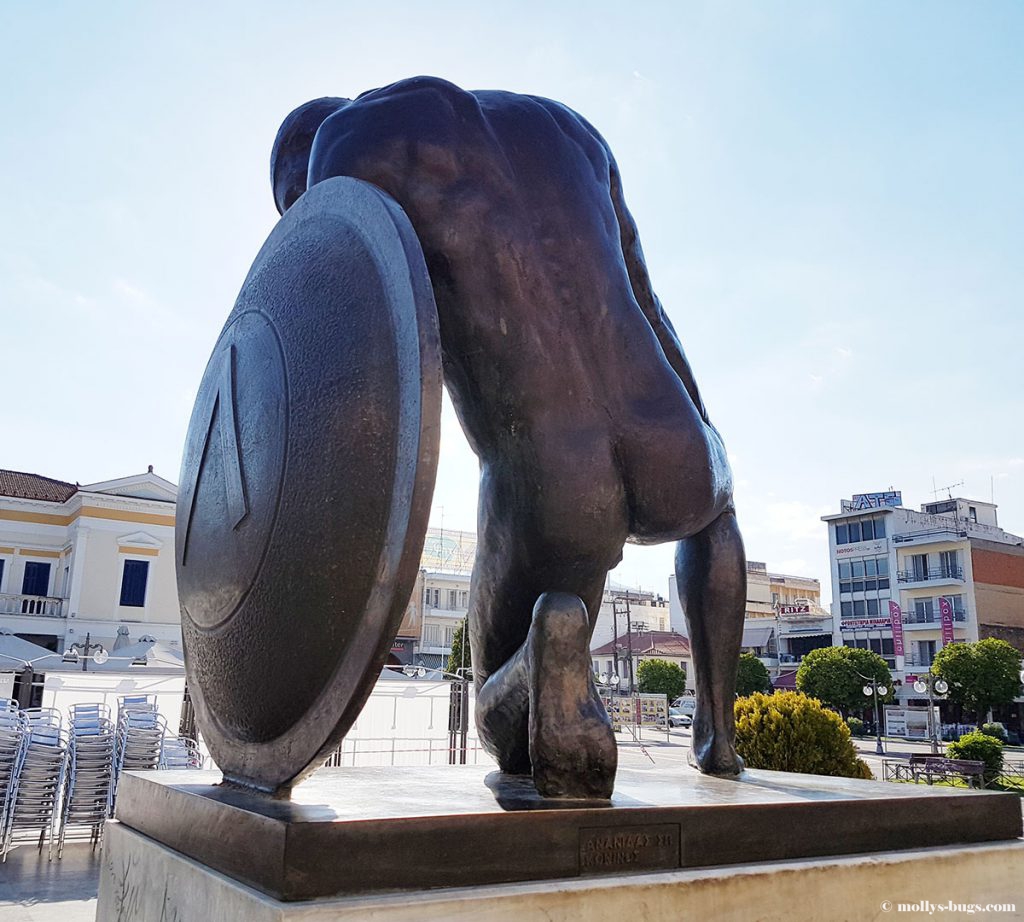
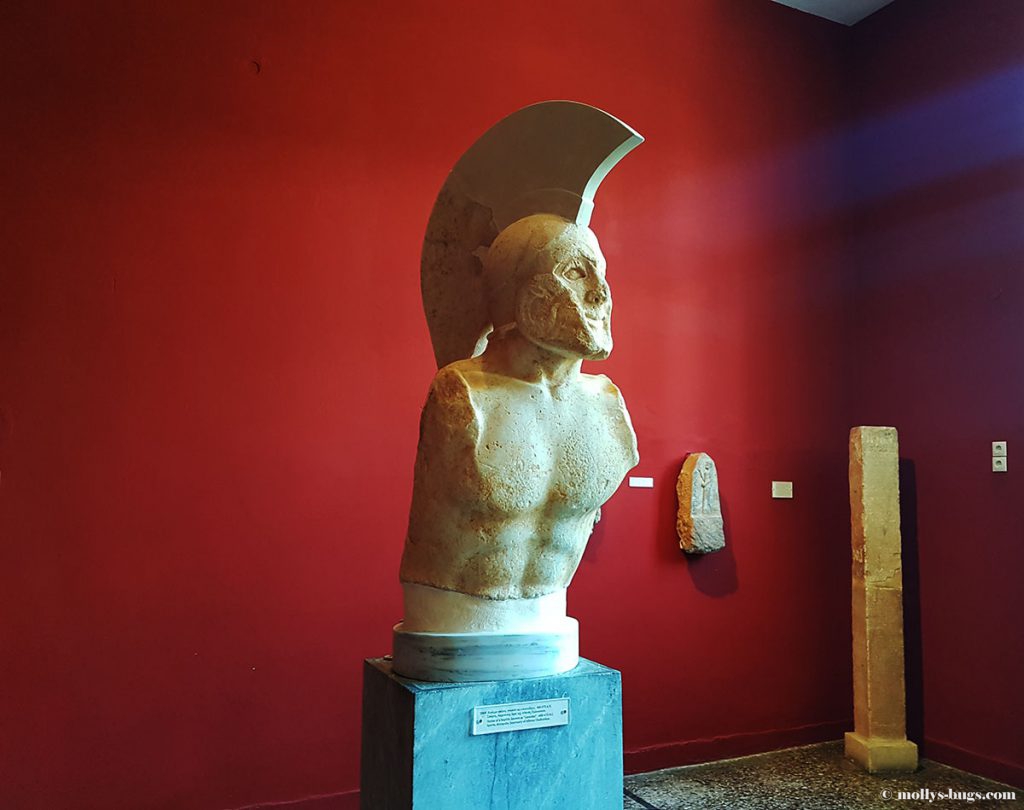
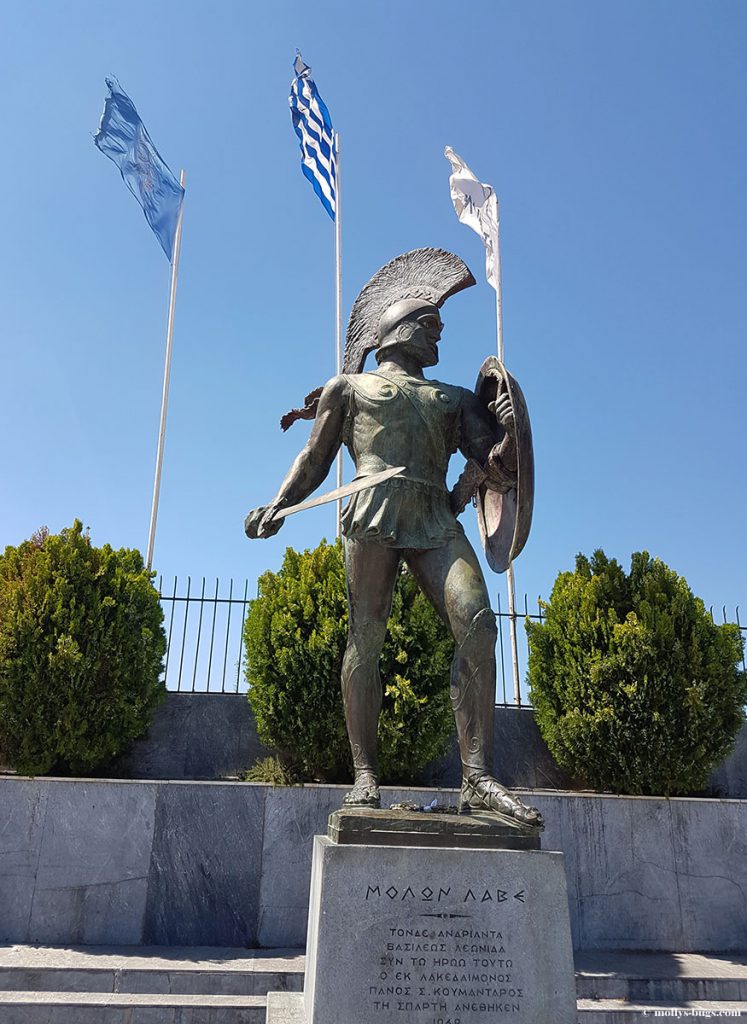
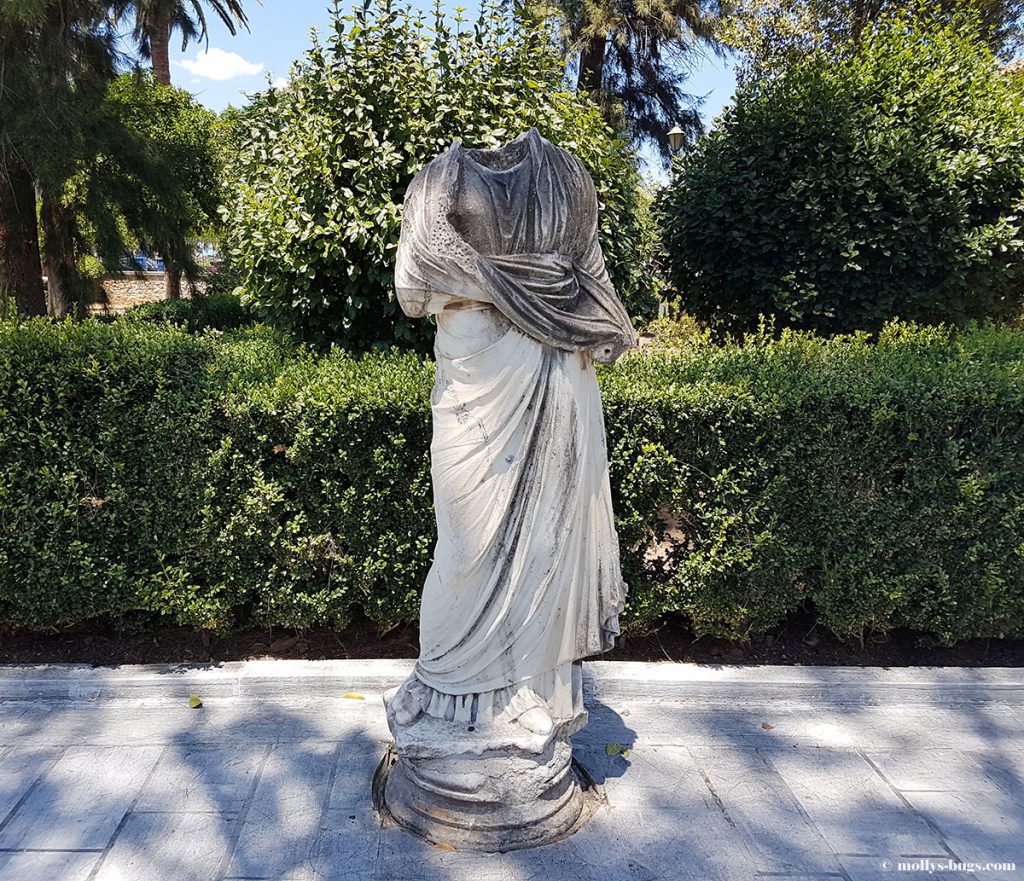
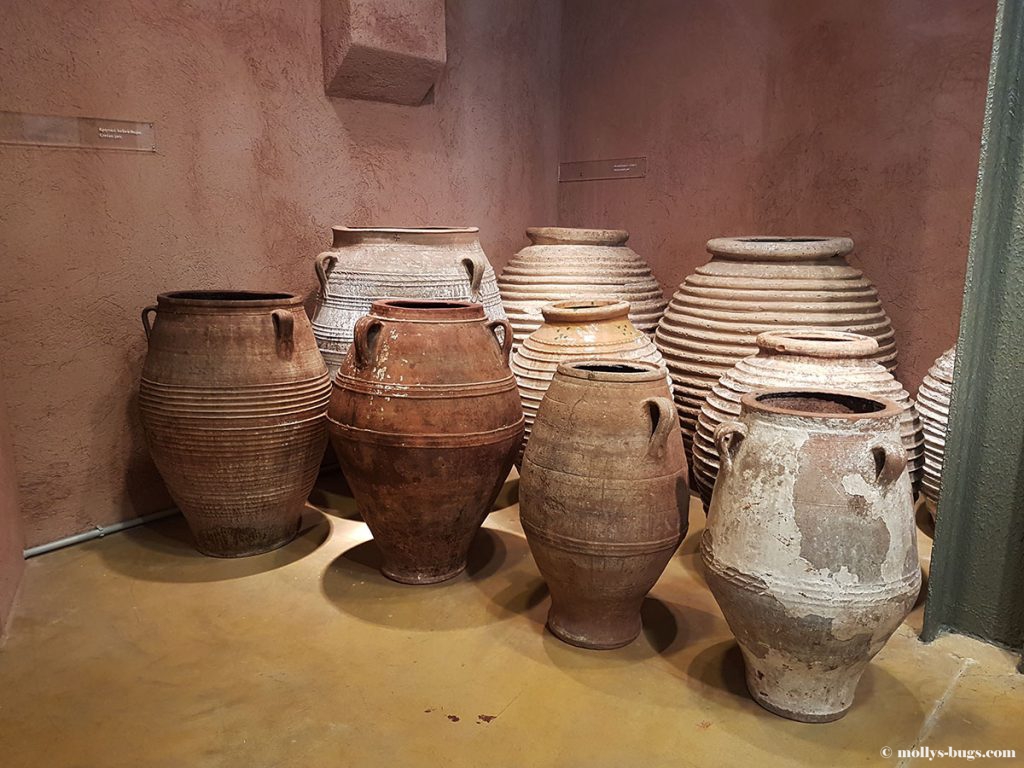
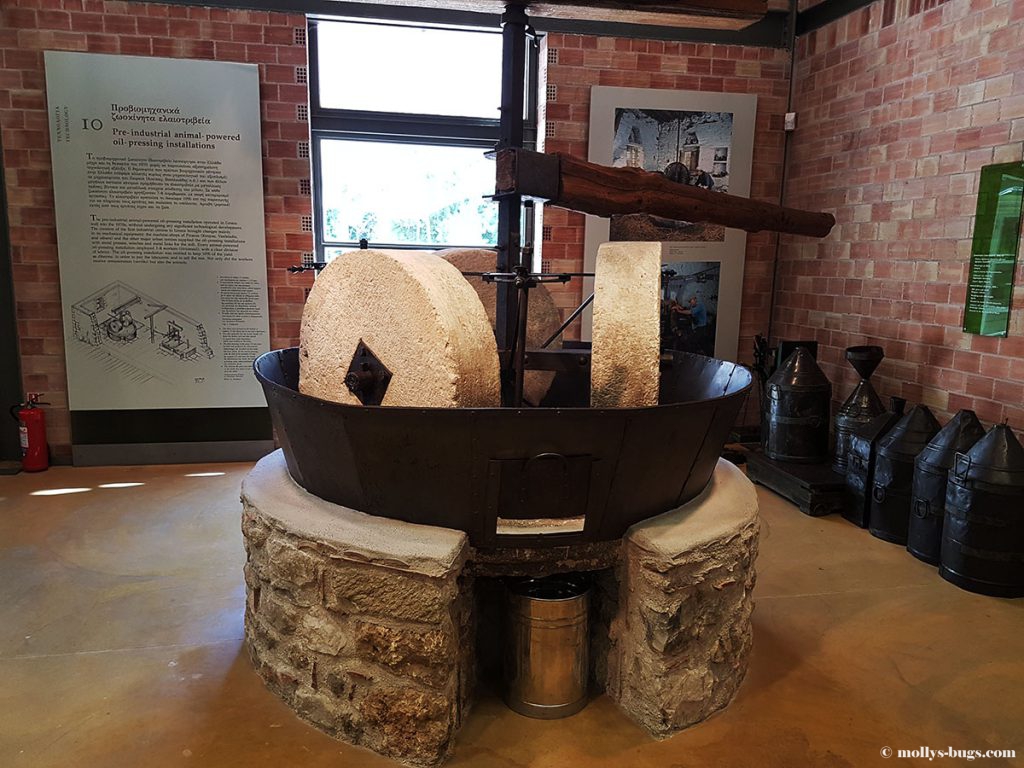
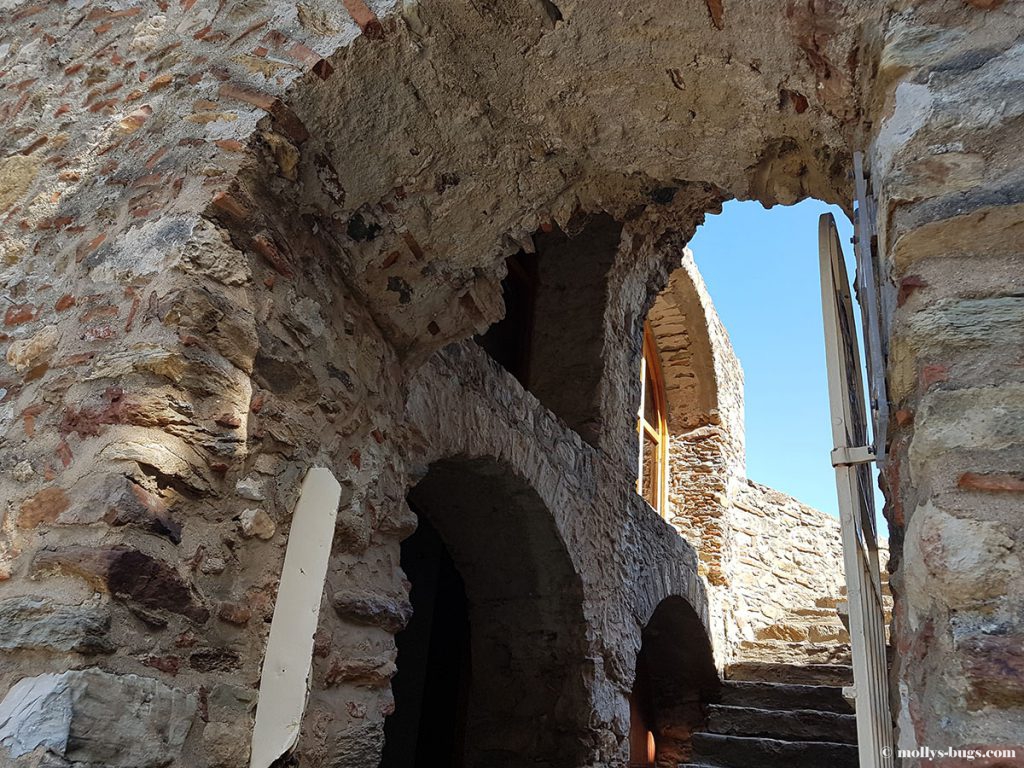
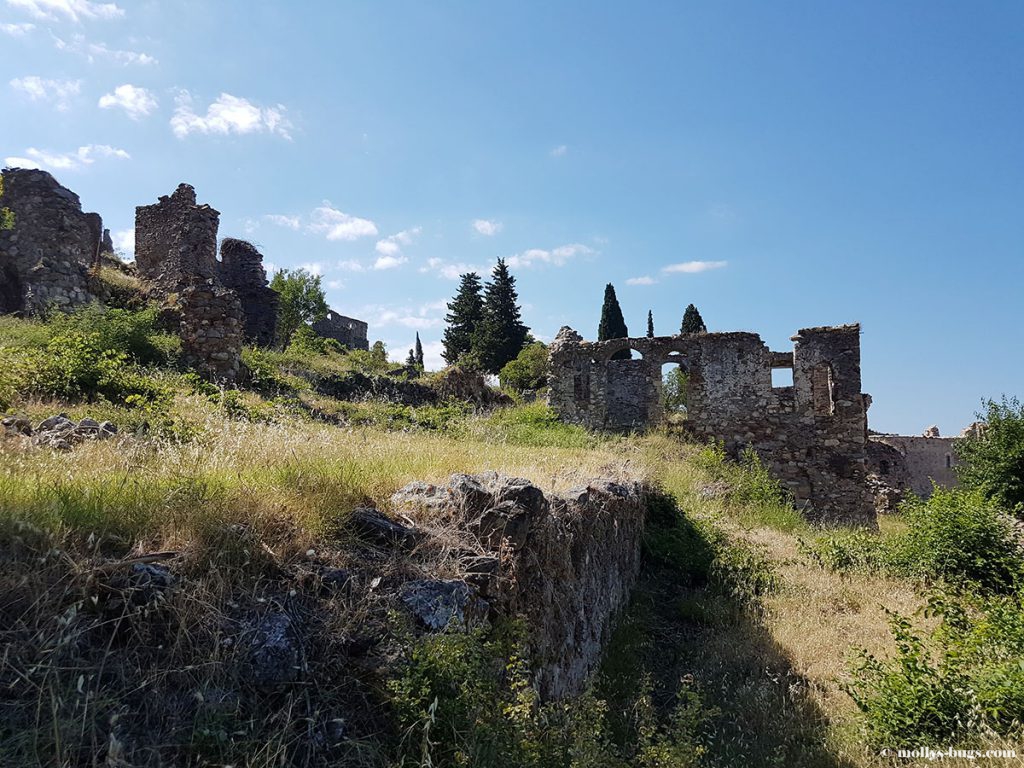
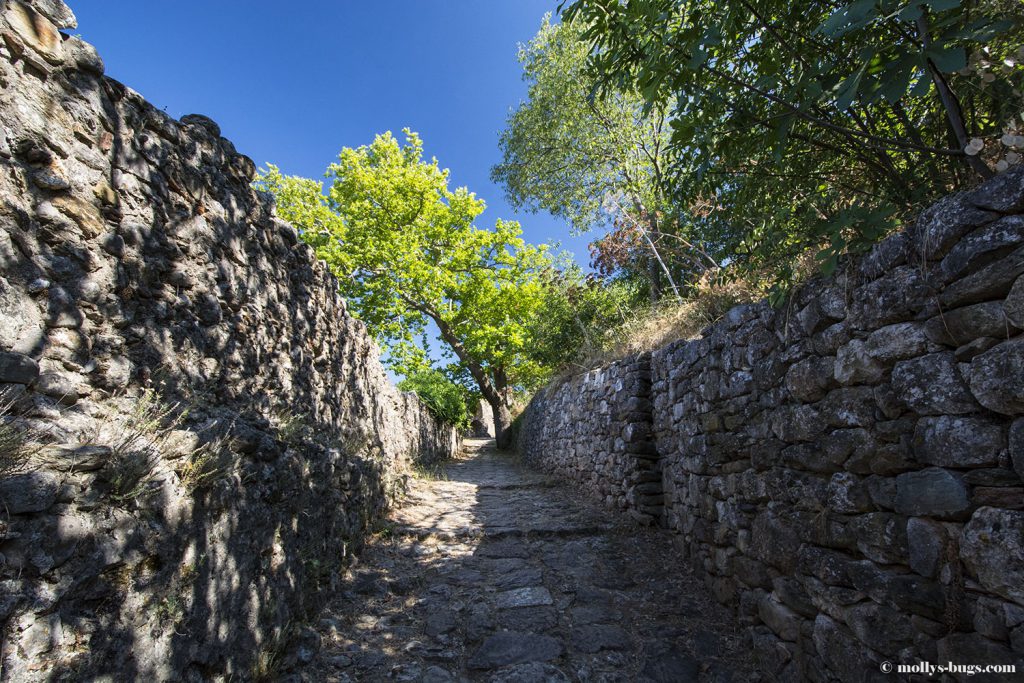
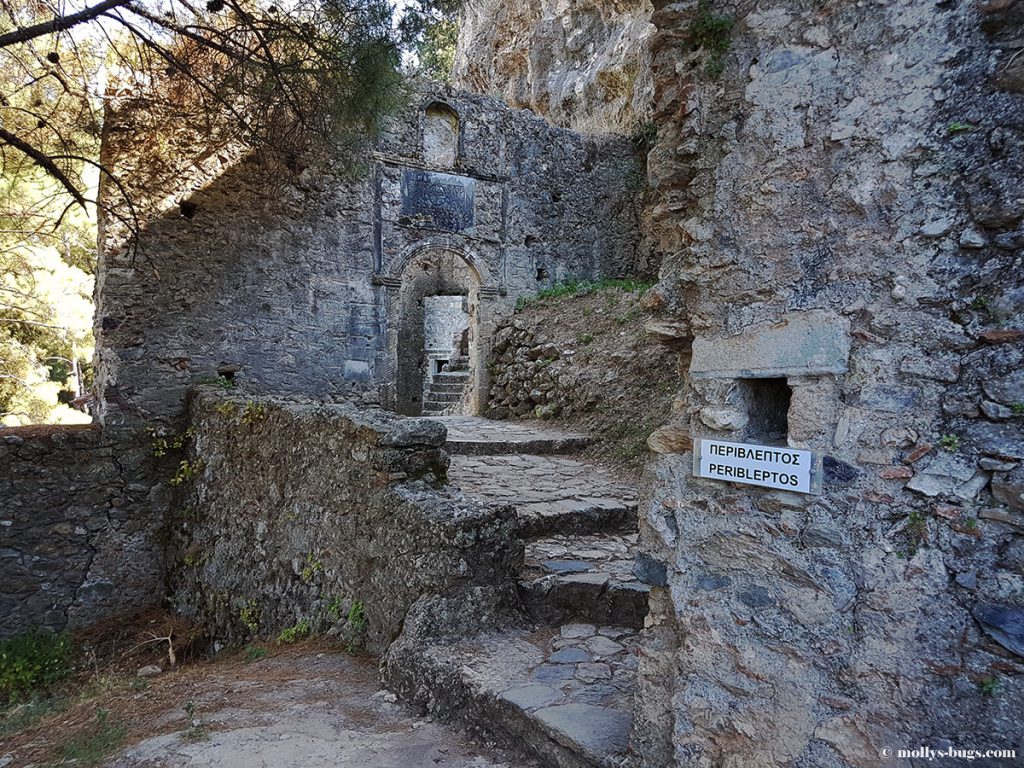
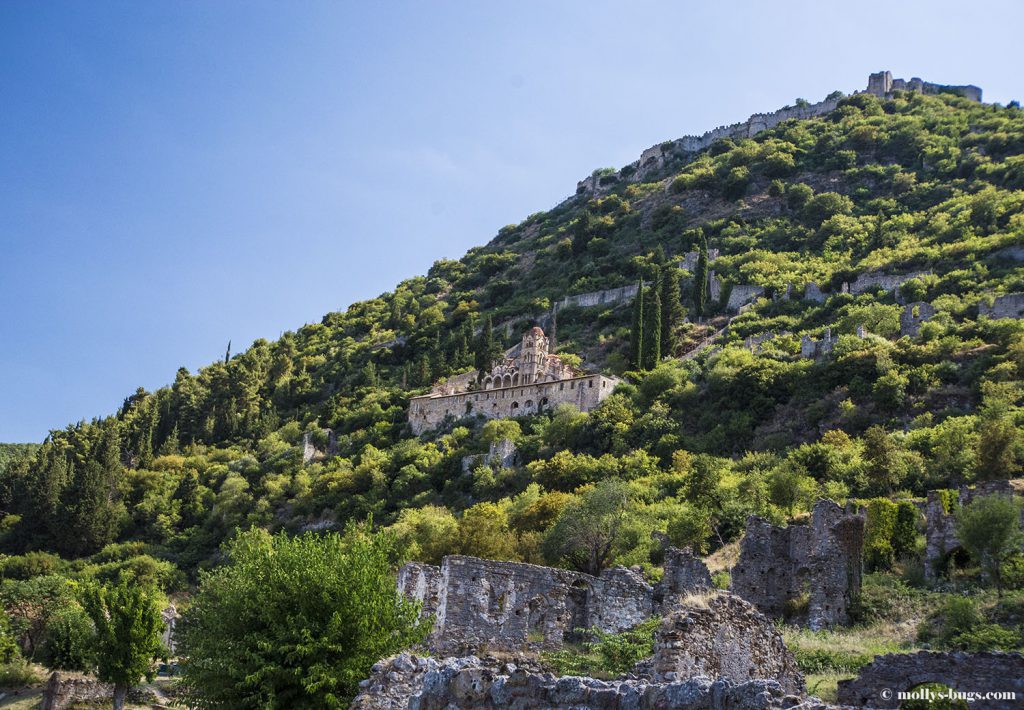
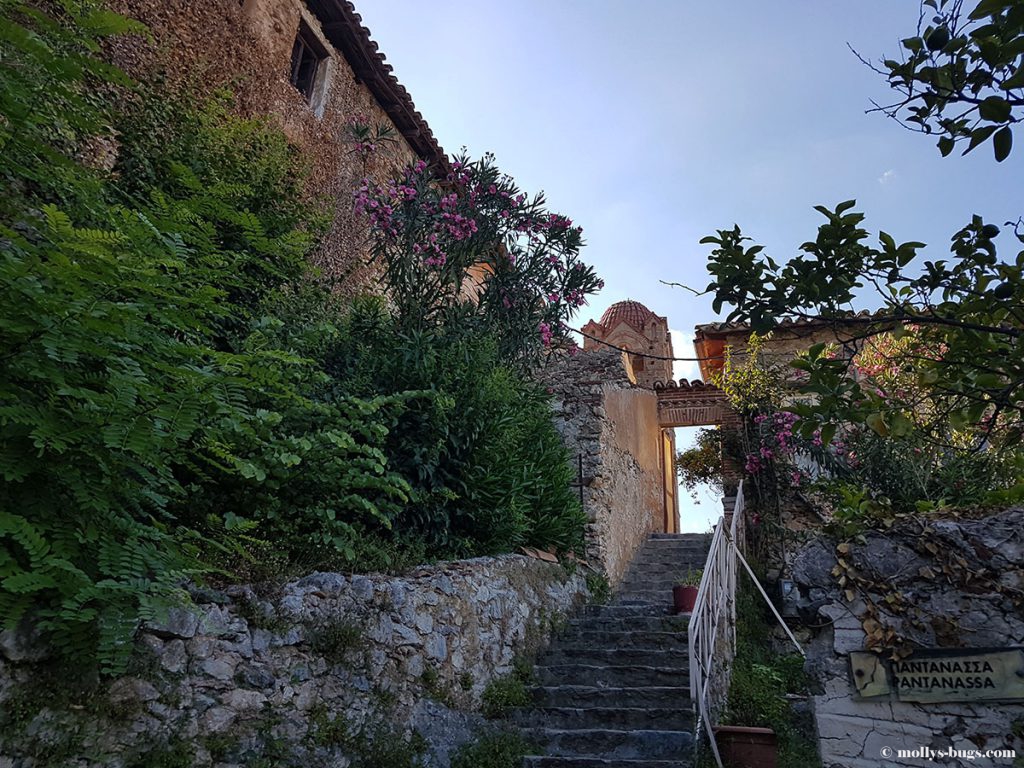
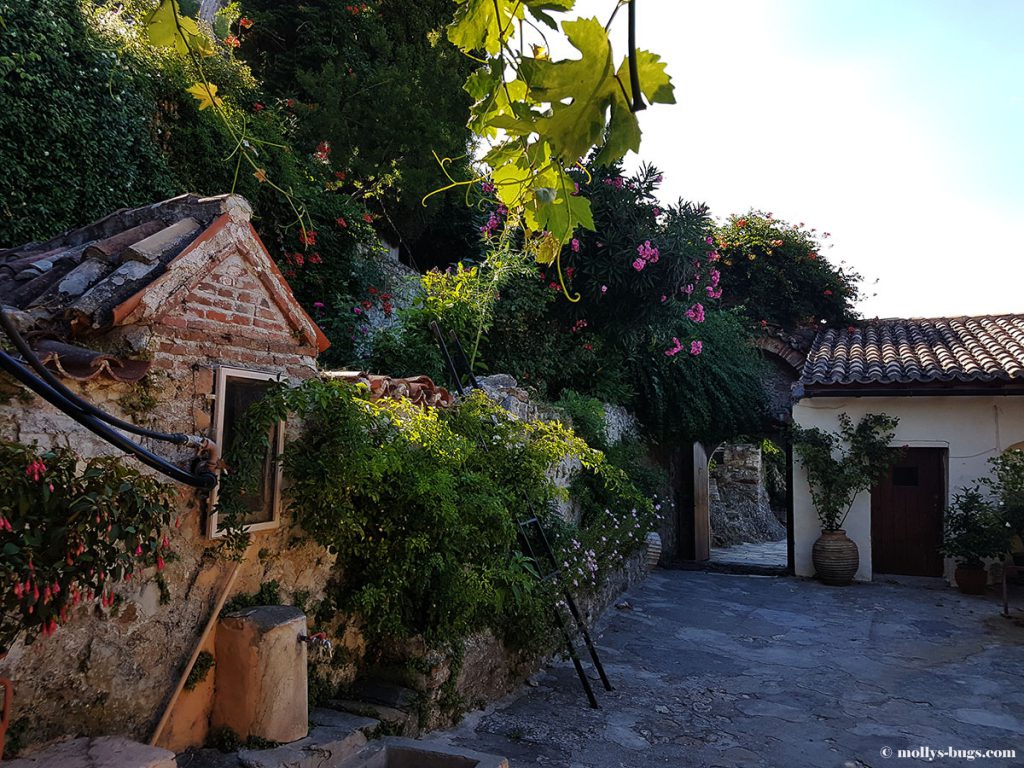
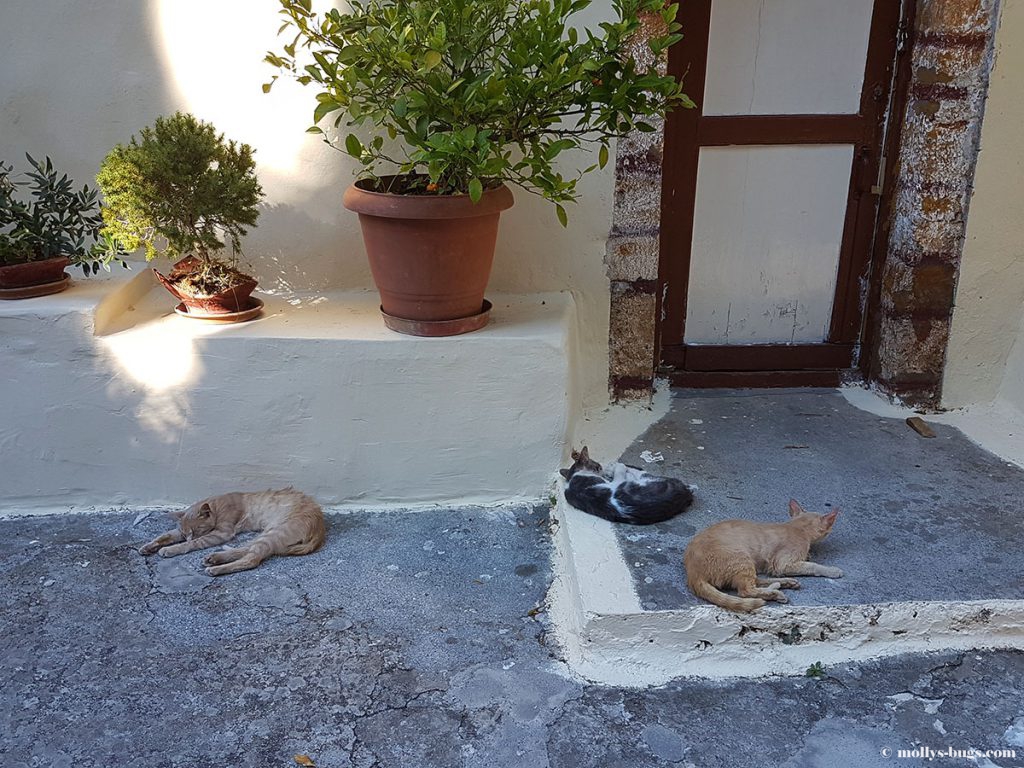
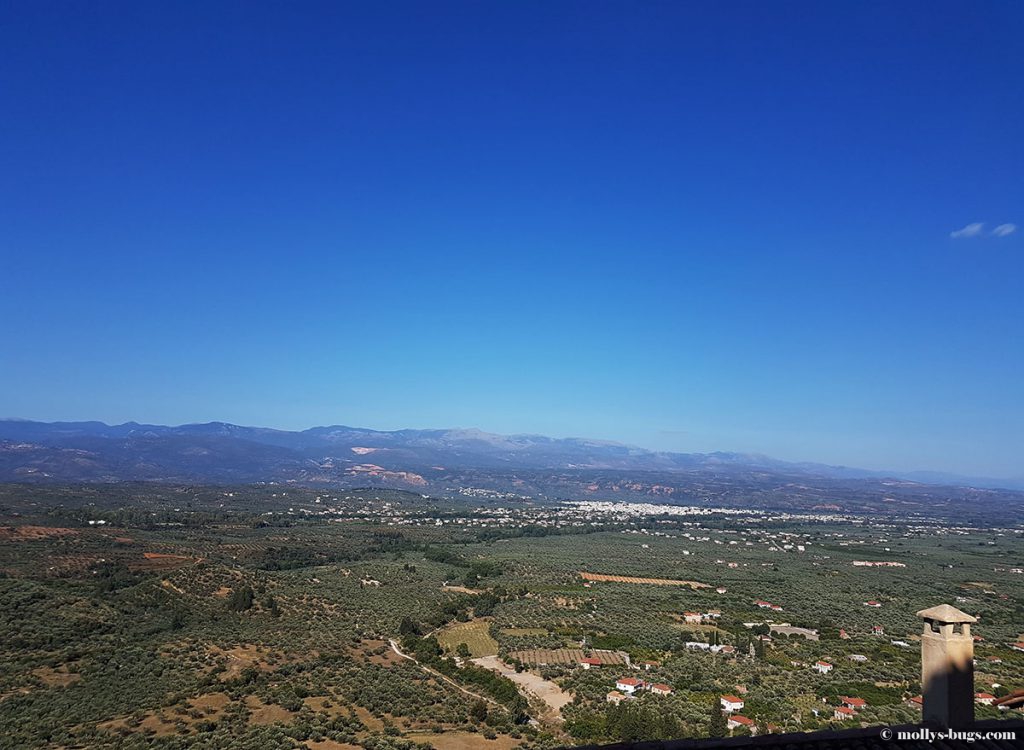
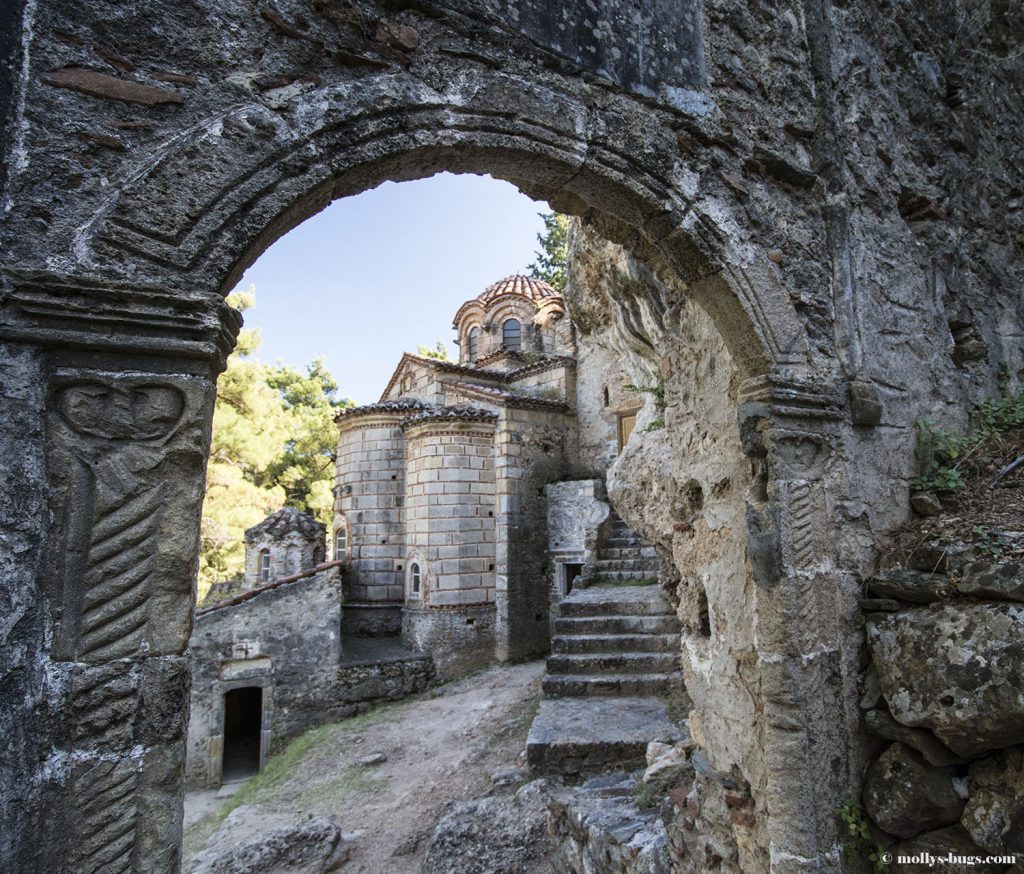
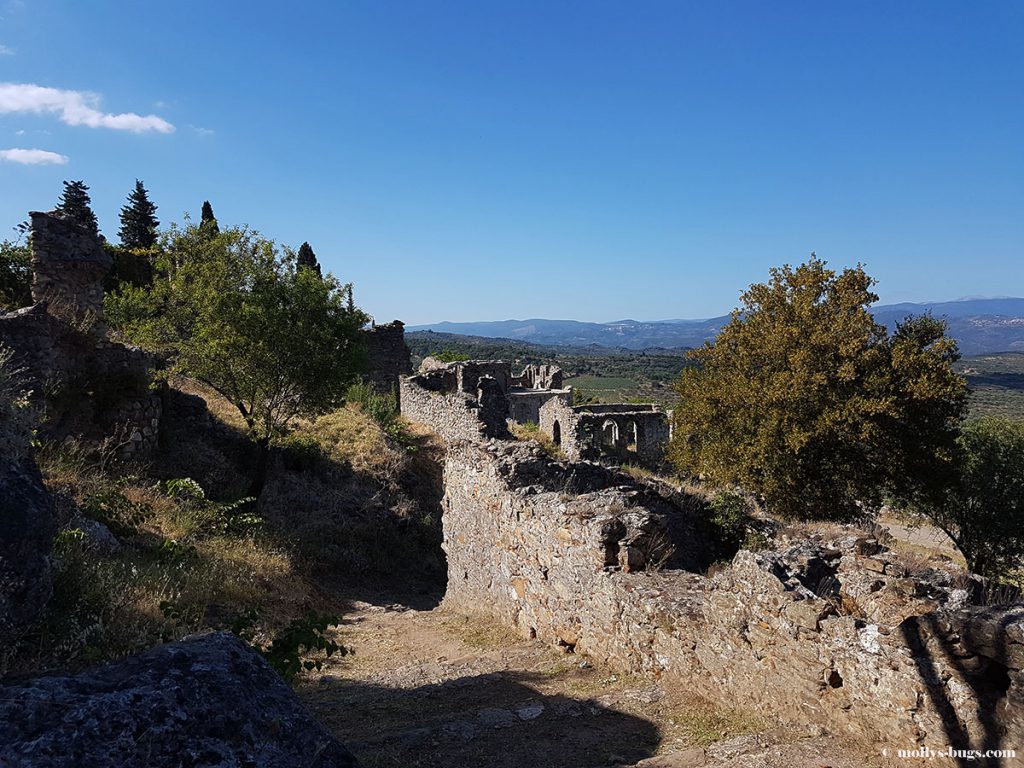
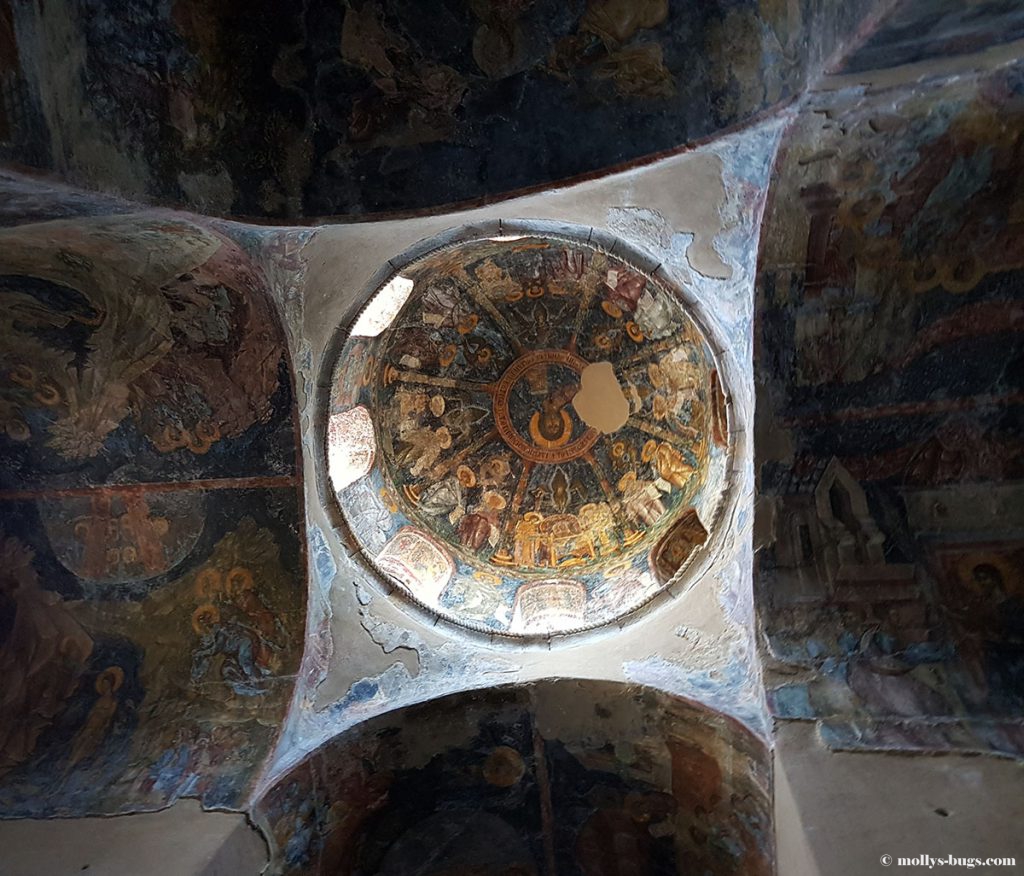
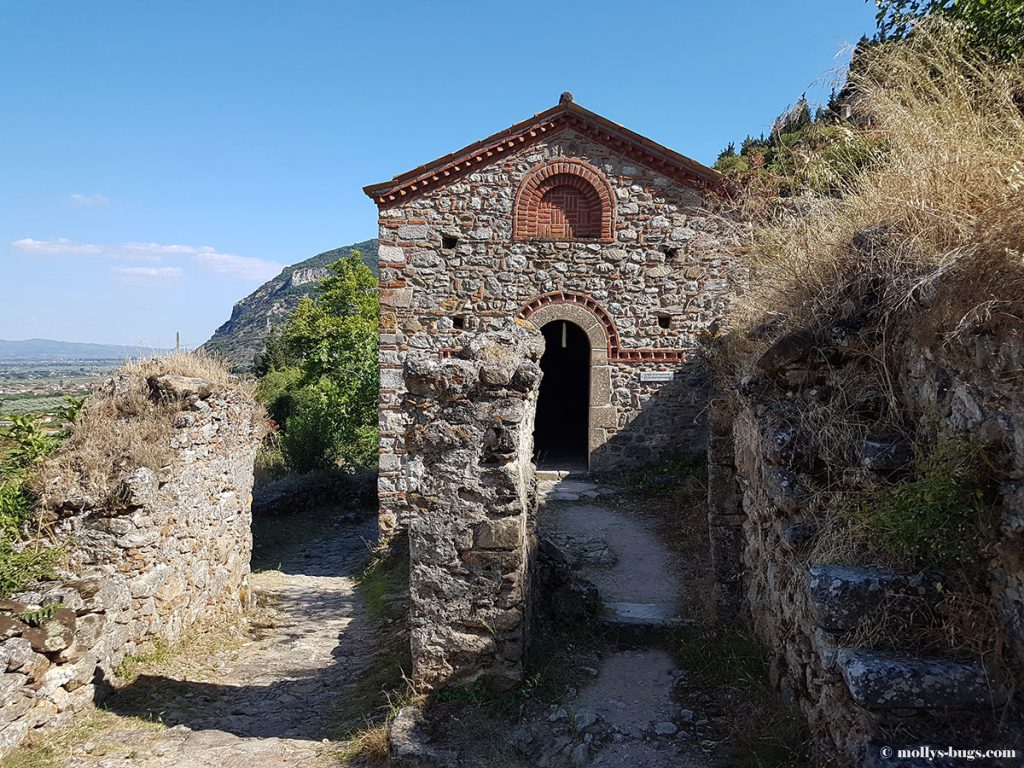
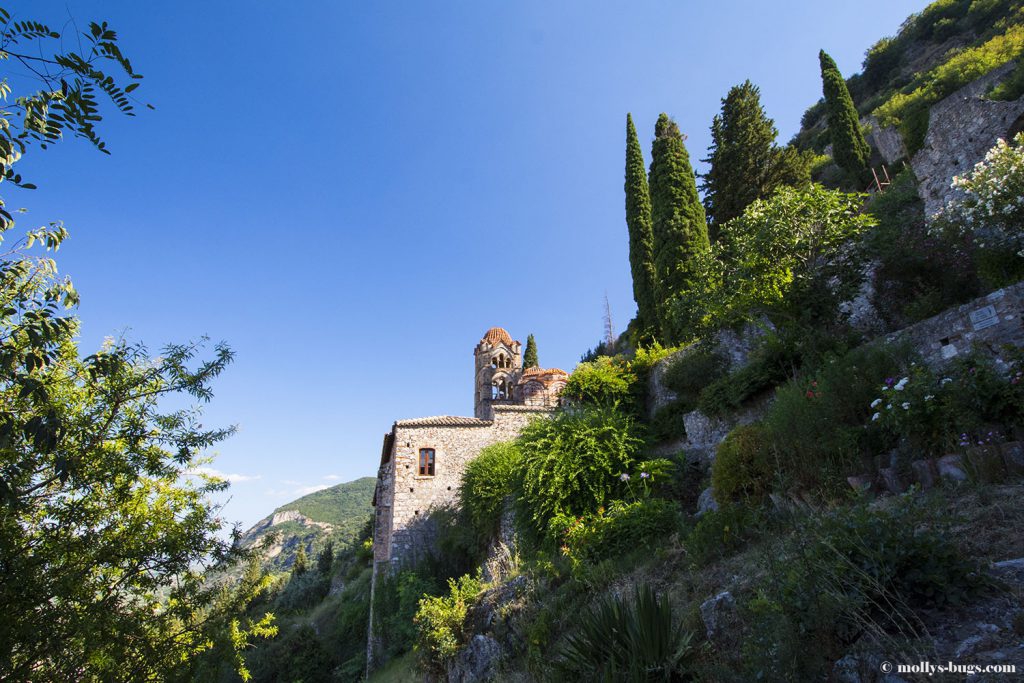
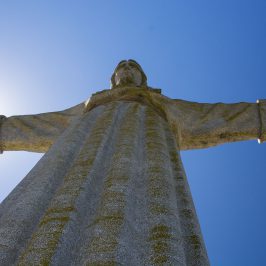





Leave a Reply